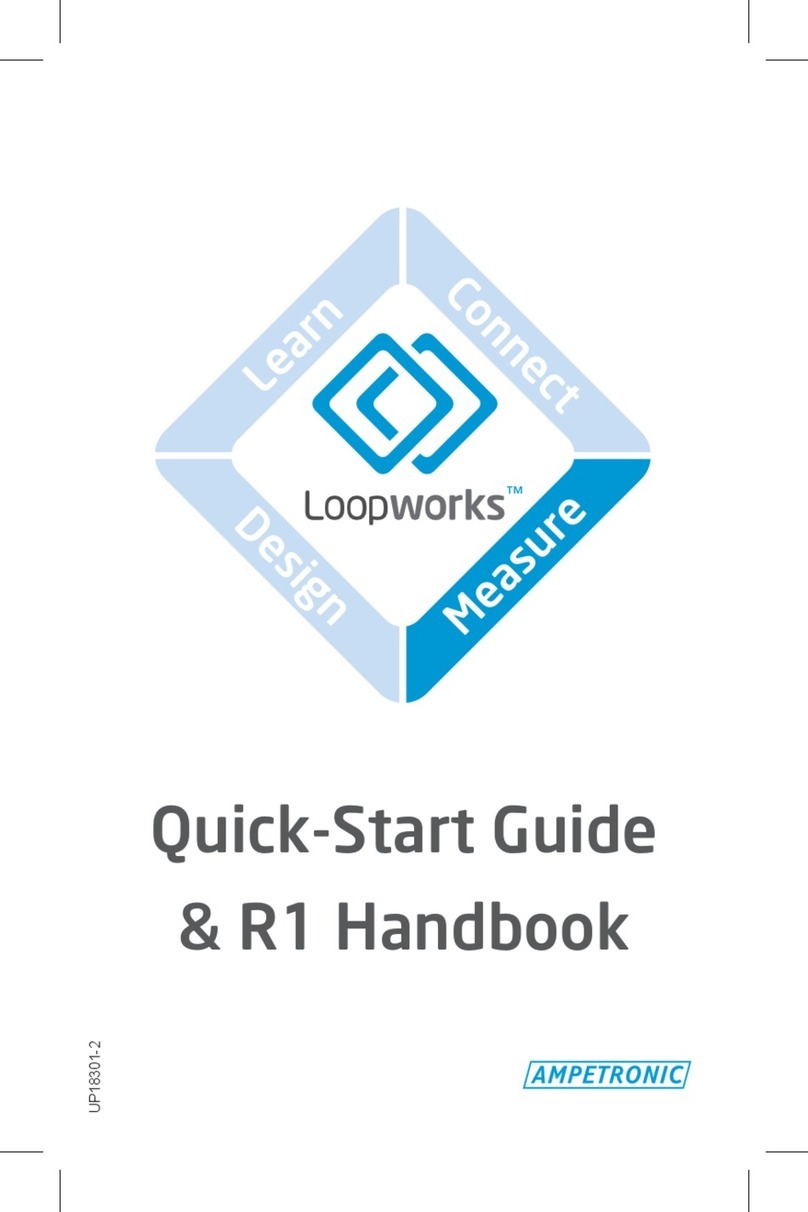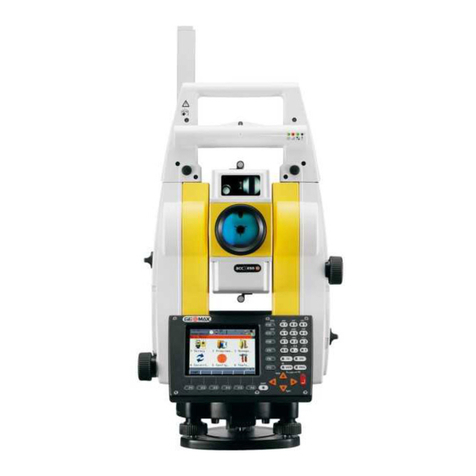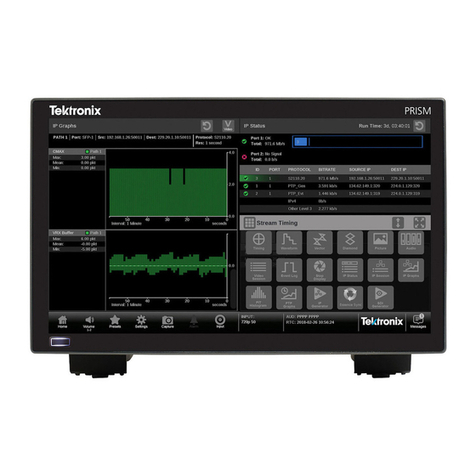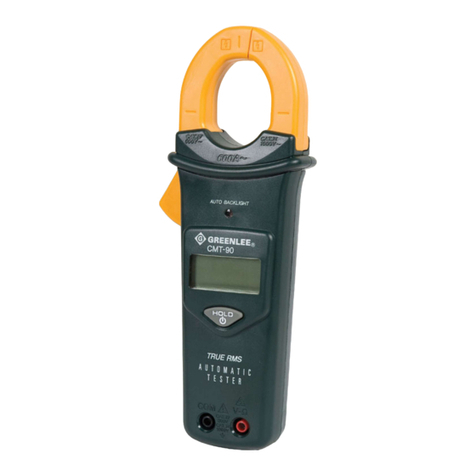Vitalograph micro 6300 User manual




















Other manuals for micro 6300
2
Table of contents
Other Vitalograph Measuring Instrument manuals
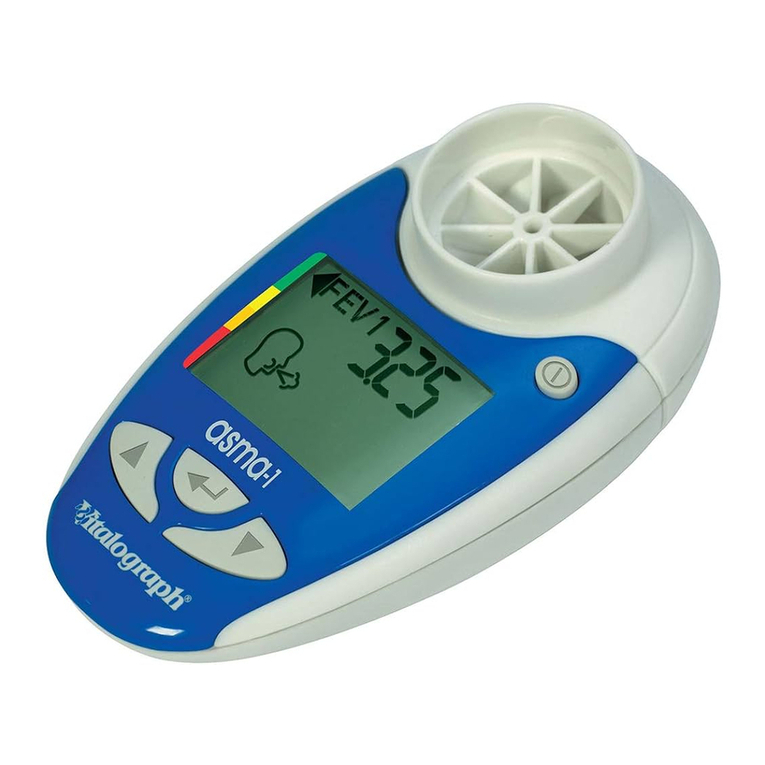
Vitalograph
Vitalograph copd-6 User manual
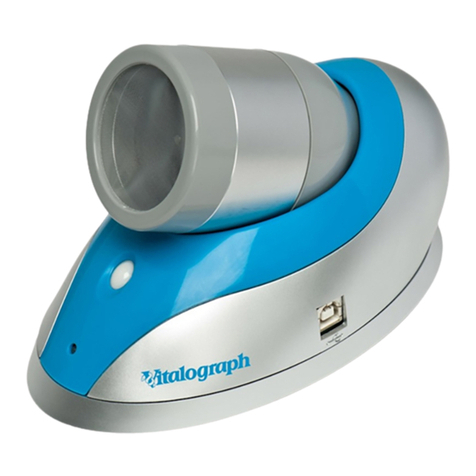
Vitalograph
Vitalograph Spirotrac 7000 User manual
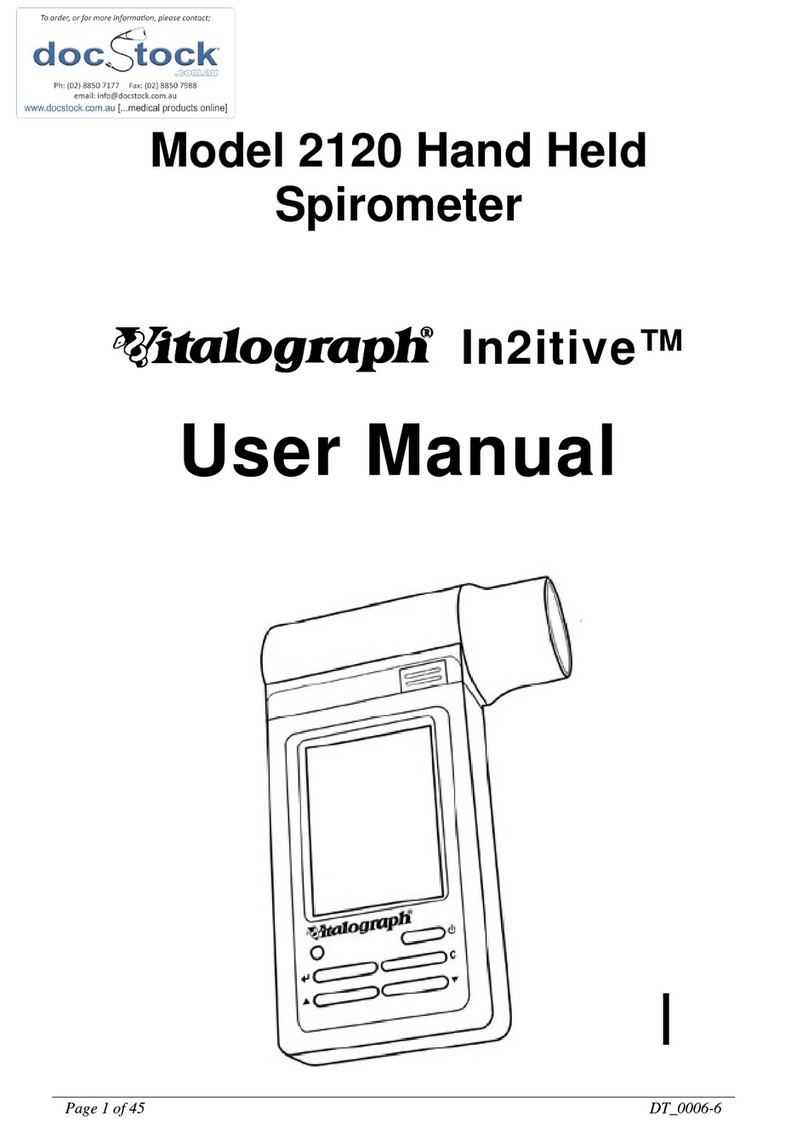
Vitalograph
Vitalograph In2itive 2120 User manual

Vitalograph
Vitalograph micro 6300 User manual
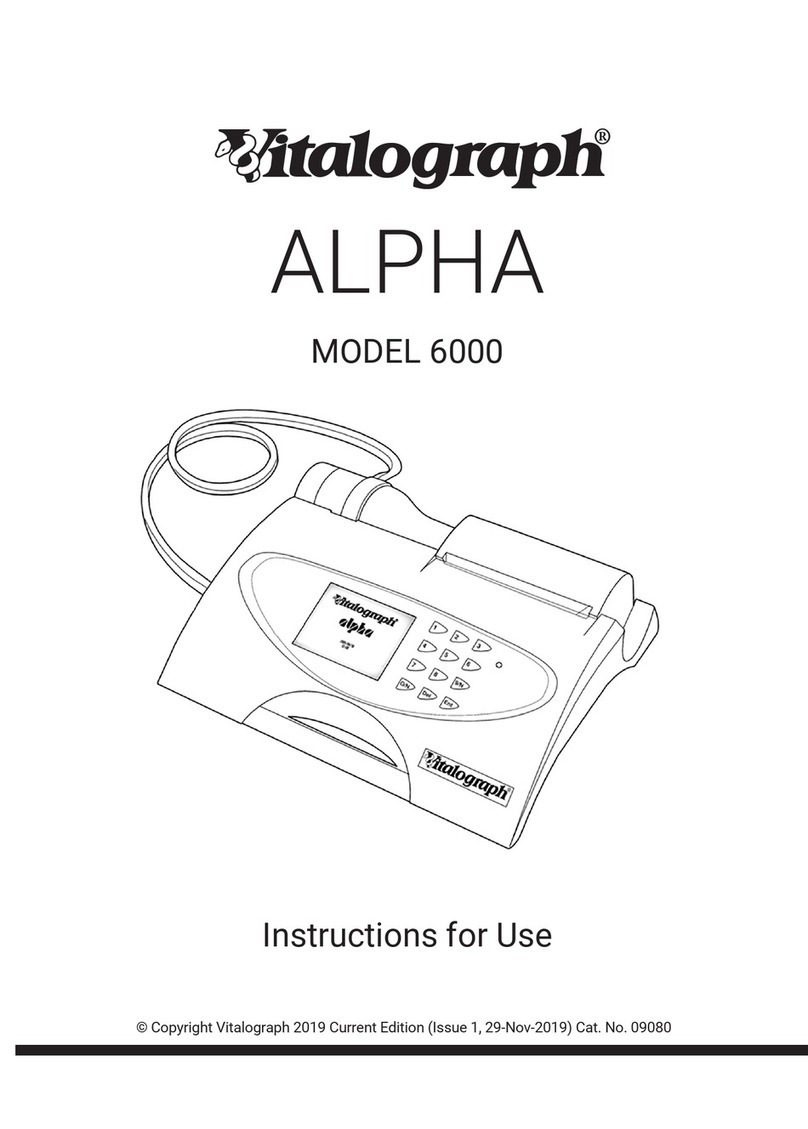
Vitalograph
Vitalograph alpha 6000 User manual
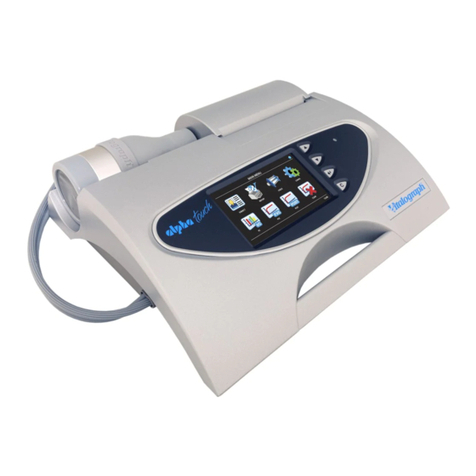
Vitalograph
Vitalograph 6000 User manual
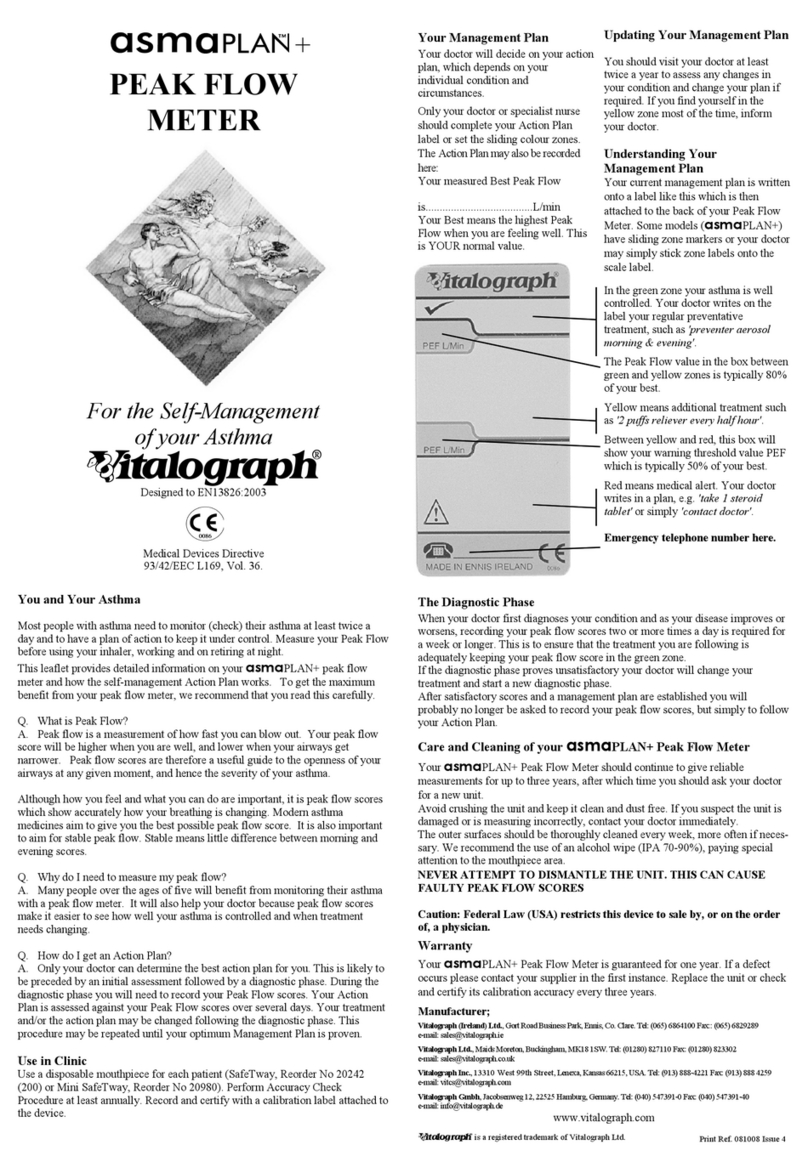
Vitalograph
Vitalograph asmaPLAN+ User manual

Vitalograph
Vitalograph micro 6300 User manual
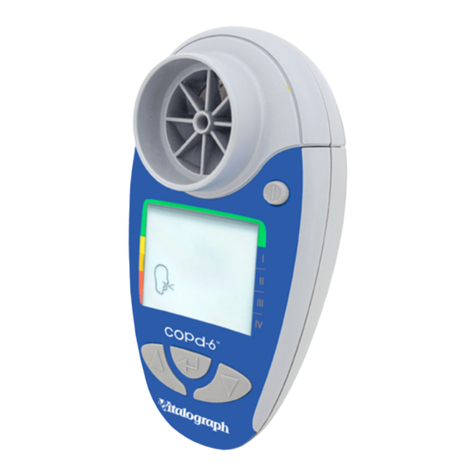
Vitalograph
Vitalograph copd-6 4000 User manual
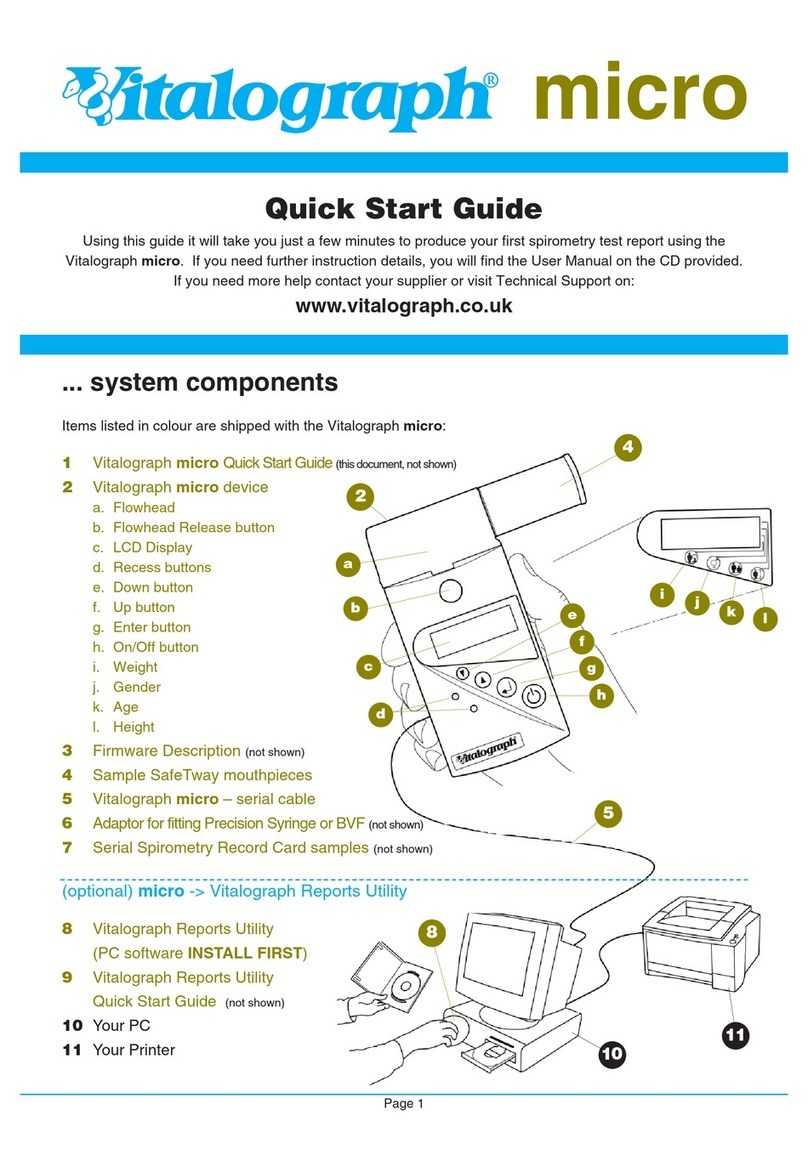
Vitalograph
Vitalograph Vitalograph micro User manual
Popular Measuring Instrument manuals by other brands

ThinkRF
ThinkRF WSA5000 Series Programmer's guide
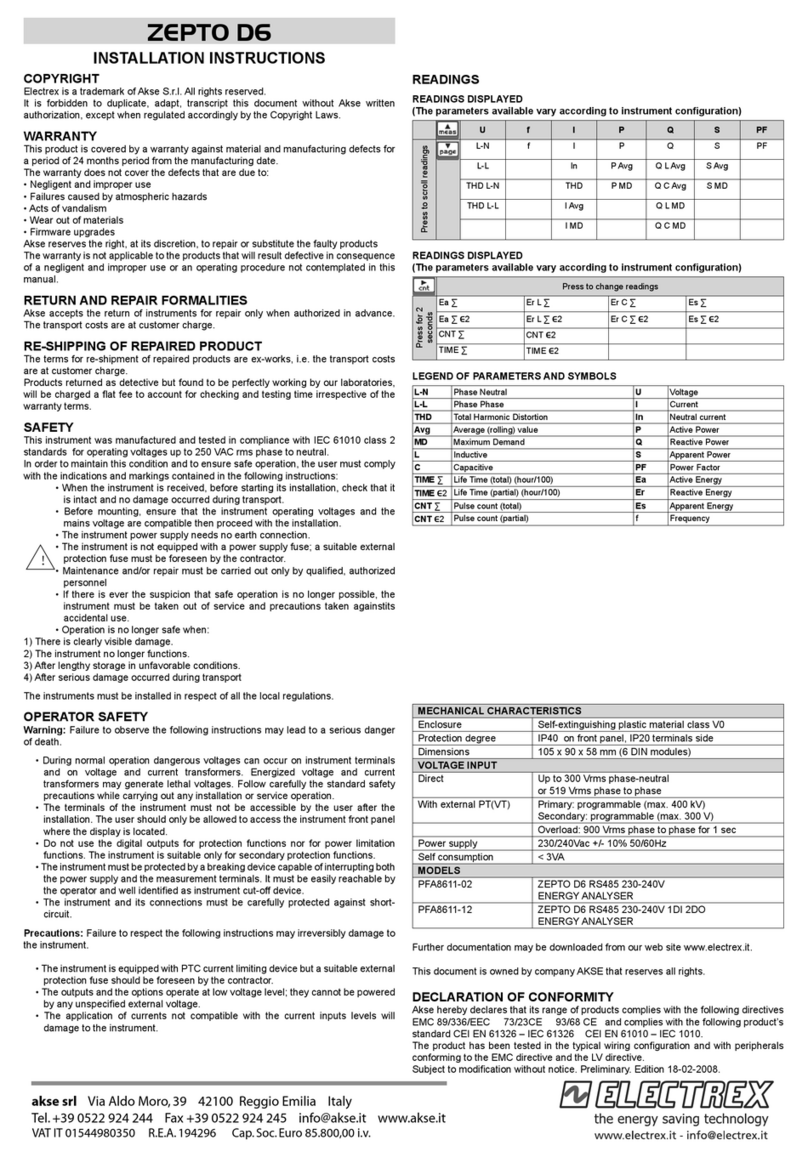
Electrex
Electrex Zepto D6 installation instructions
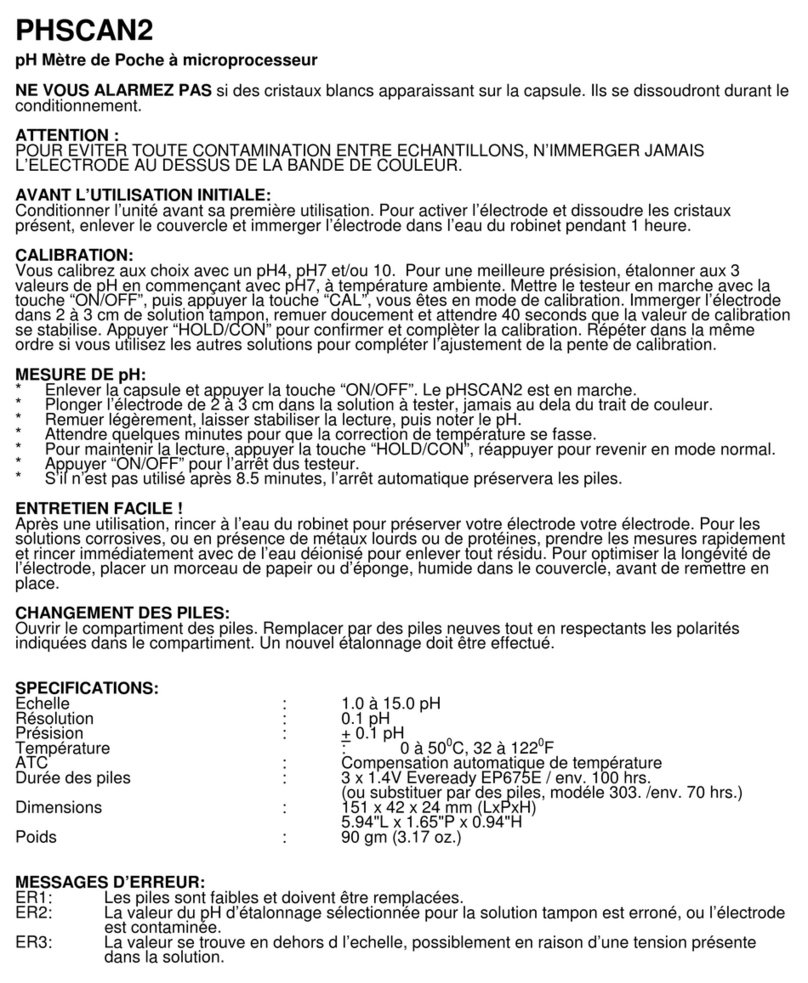
EUTECH INSTRUMENTS
EUTECH INSTRUMENTS STANDARD PHSCAN 2 PH TESTER Caractéristiques
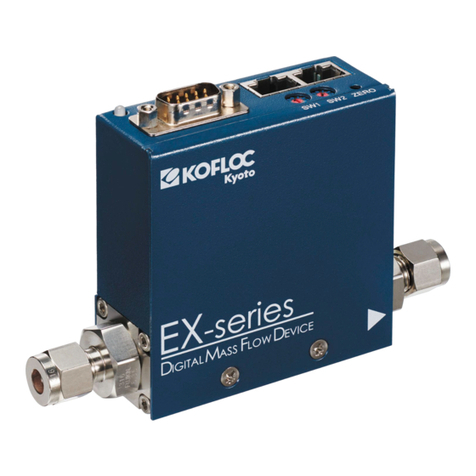
Kofloc
Kofloc EX-250S instruction manual
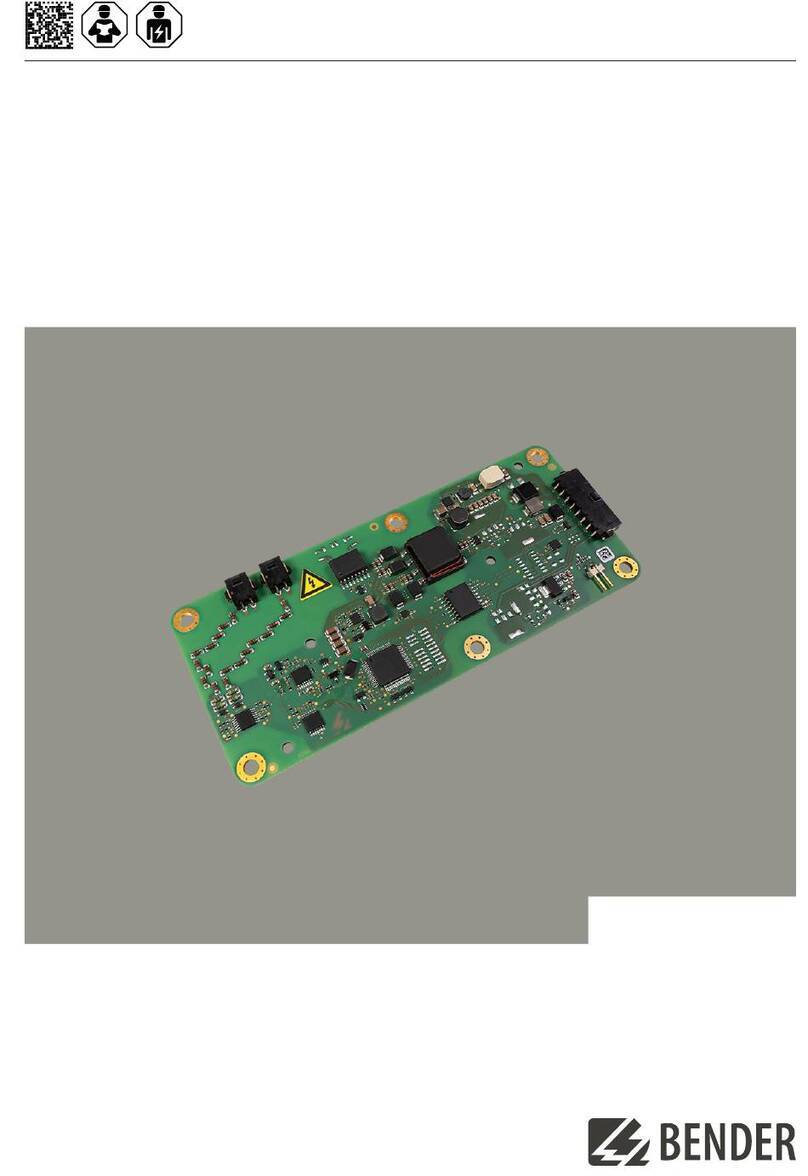
Bender
Bender ISOMETER iso175 manual
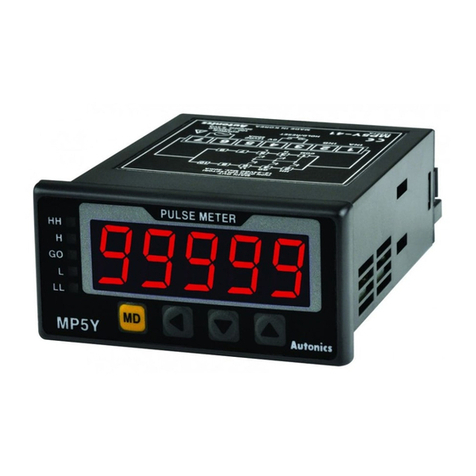
Autonics
Autonics MP5S Series instruction manual

HODAKA
HODAKA HT-1200N operating manual
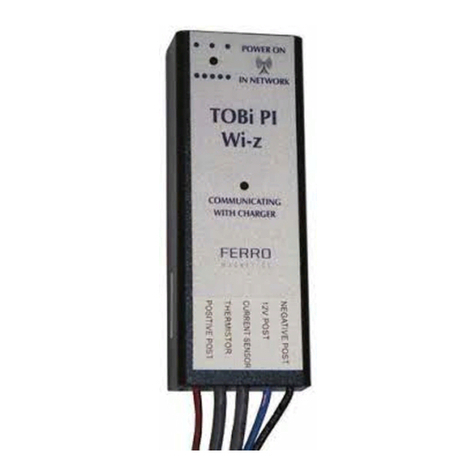
Tobi
Tobi PI Wi-Z Quick installation guide
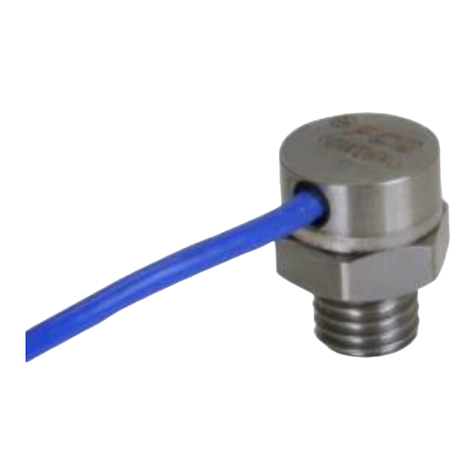
PCB Piezotronics
PCB Piezotronics 3501B1260KG Installation and operating manual
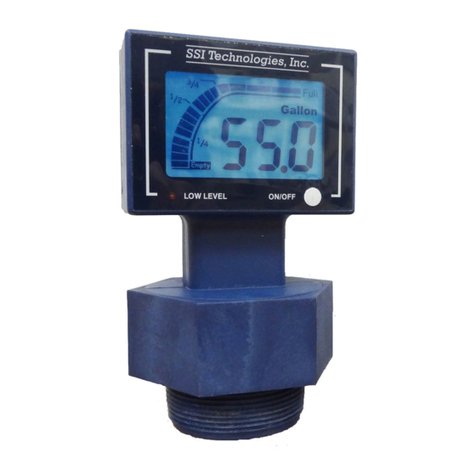
SSI
SSI Digital Fluid-Trac DFT-110 Application note

Leica
Leica RANGEMASTER CRF 1000-R instructions

MONARCH INSTRUMENT
MONARCH INSTRUMENT Pocket Tach 99 instruction manual
